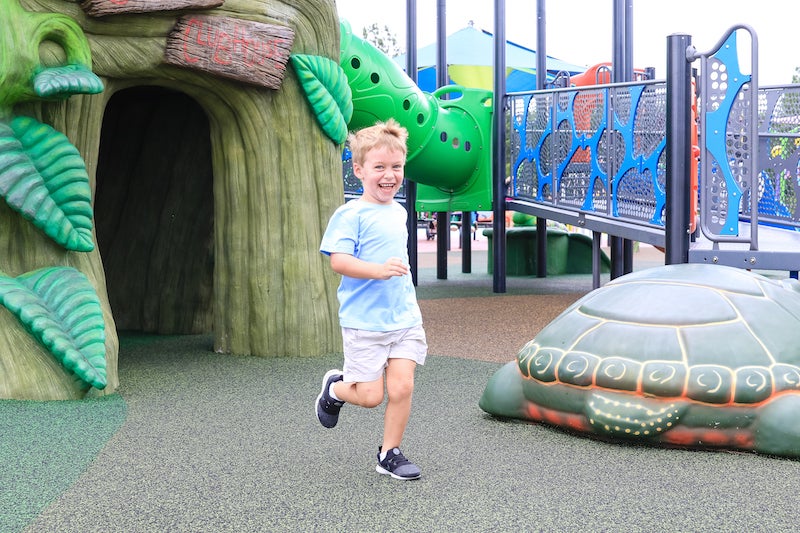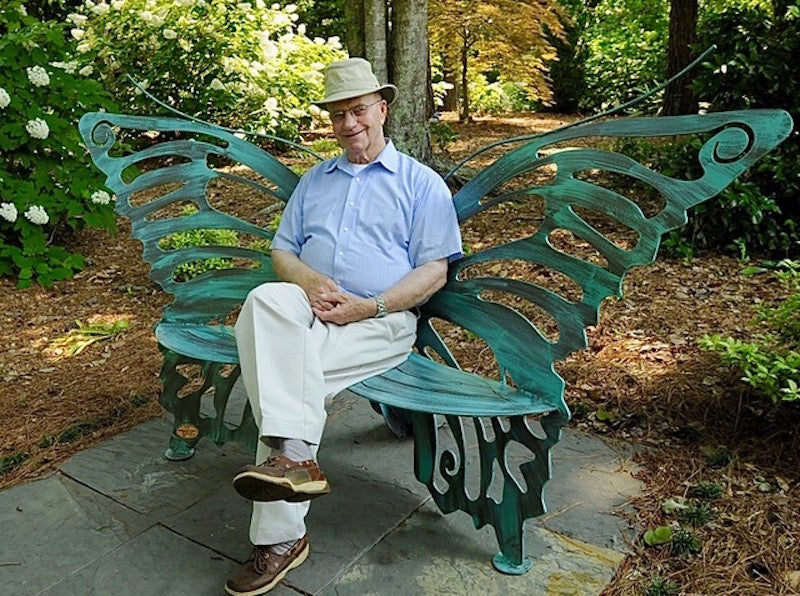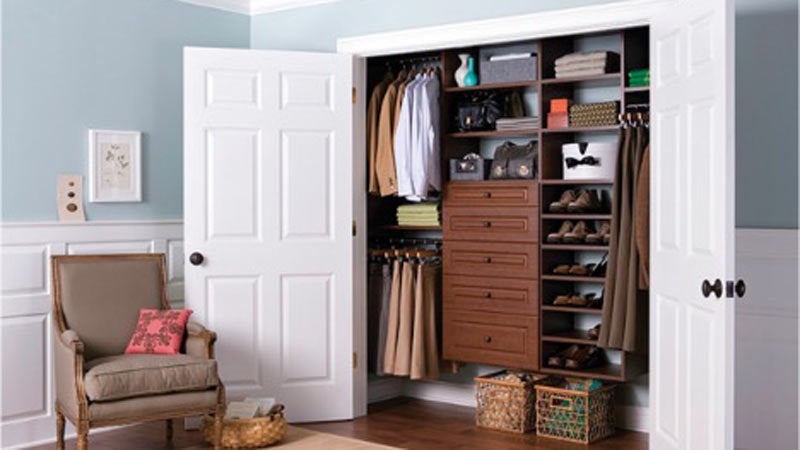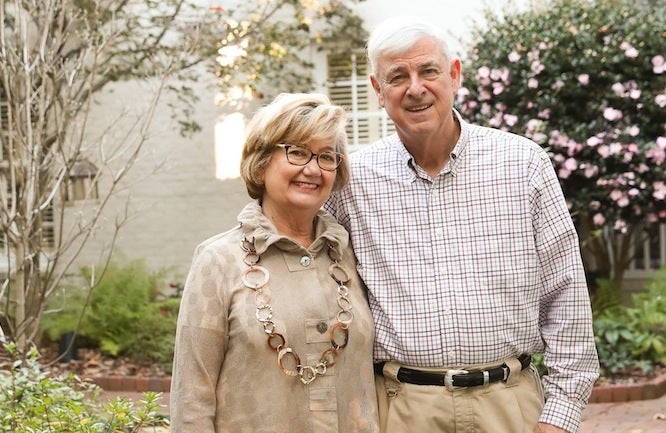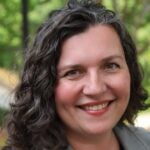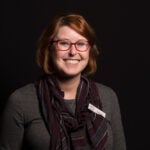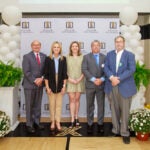The city’s new Explore Playground is transforming the way children of different ability levels interact.
For Mary Allison Cook, Associate Director of Communications at Lakeshore Foundation, it’s not enough to call the Hoover Met Complex Explore Playground and Splash Pad “accessible” to people with disabilities. That’s because it wasn’t designed to be merely accessible; it was designed to be universal. So what’s the difference? According to Mary Allison, a Bluff Park mother of two who uses a wheelchair, the key lies in one main element: Choice.
“There are multiple ways to swing and slide,” Mary Allison says of the playground. “You can choose to climb, crawl, roll or skip to the top of the clubhouse. And my favorite feature of this universal design is that it allows me to choose if I want to be a helicopter mom or watch from a distance. I rarely get that choice.”
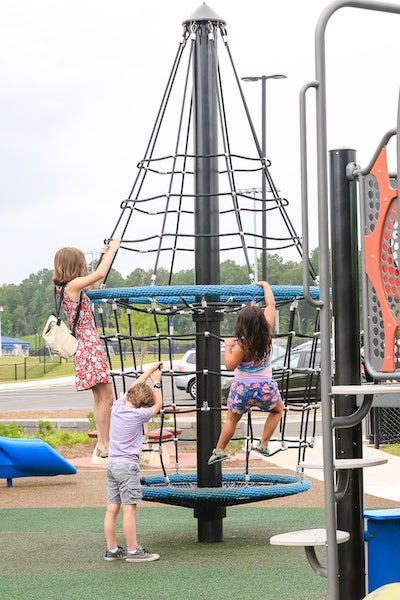
Everyone who comes to the Explore Playground—adults and children, those with disabilities and those without—can play without restriction because of the site’s intentional design. While there are other playgrounds in Hoover that are created to be accessible to people with disabilities, the Explore Playground has gone above and beyond in offering an outstanding number of play options. It also boasts one of the only accessible splash pads in the area.
Part of the playground’s success comes from its beginnings, which involved a multitude of diverse collaborators. The project was headed by Hoover Community Service Officer Dee Nance, who ensured that a wide range of voices were heard from the very beginning. The National Center on Health, Physical Activity and Disability, which is housed at Lakeshore Foundation, collaborated with Dee, the planning committee and J.A. Dawson to be sure the playground was as inclusive as possible.
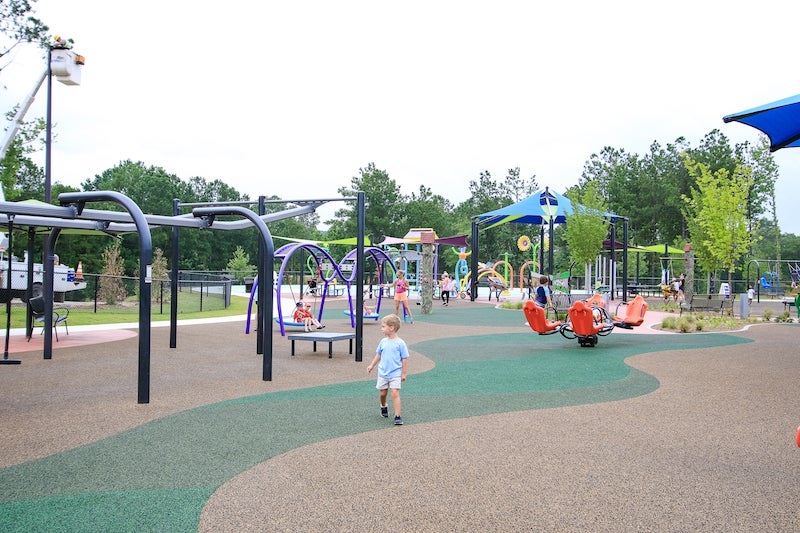
“Parents with and without disabilities, parents of children with and without disabilities, community and national organizations were all brought to the table and invited to speak,” Mary Allison says. “I was able to give insight on parenting with a disability and ways to remove barriers so everyone can be included.”
Those barriers have definitely been removed for Gracie Bradford, a 5-year-old with Down syndrome. Gracie has an 8-year-old brother and a 2-year-old sister, neither of whom has a disability, and Explore has completely changed the way she plays with her siblings.
“The steps are the right height, the handrails are perfect, the swings have appropriate support—all things that may prohibit her from fully enjoying other playgrounds,” says Gracie’s mother, Jamie Bradford. “When Gracie sees Gage (her brother) doing something, she can do it too!”
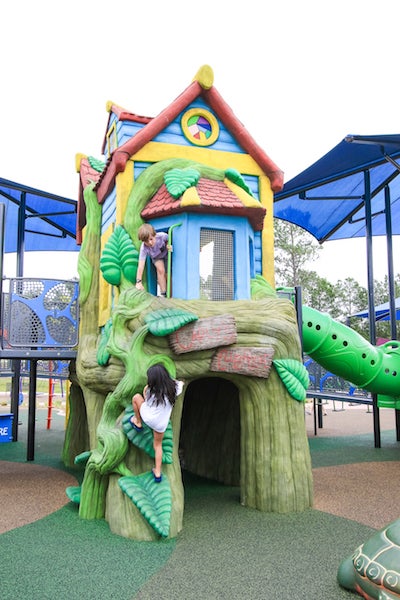
This kind of environment, Jamie says, transforms her children’s dialogue. Instead of Gracie’s big brother saying “Watch me,” he says, “Come play with me”—and that makes a huge difference for the whole family. It’s exactly the kind of environment Jamie has fought for at her daughter’s school: A place where Gracie can play alongside her peers with appropriate modifications.
The playground was built on the seven principles of inclusive design and play, and includes myriad unique features like the 17-foot-tall Carly’s Clubhouse, a first-of-its-kind adult changing room and unique swing features for people of all abilities. There are vivid colors everywhere and bright patterns and material on the ground, a musical play area and shade structures for a break from the sun. In total, there are 43 elevated play events and 34 ground-level play events just waiting to be enjoyed by parents and children of all backgrounds, zip codes and abilities.
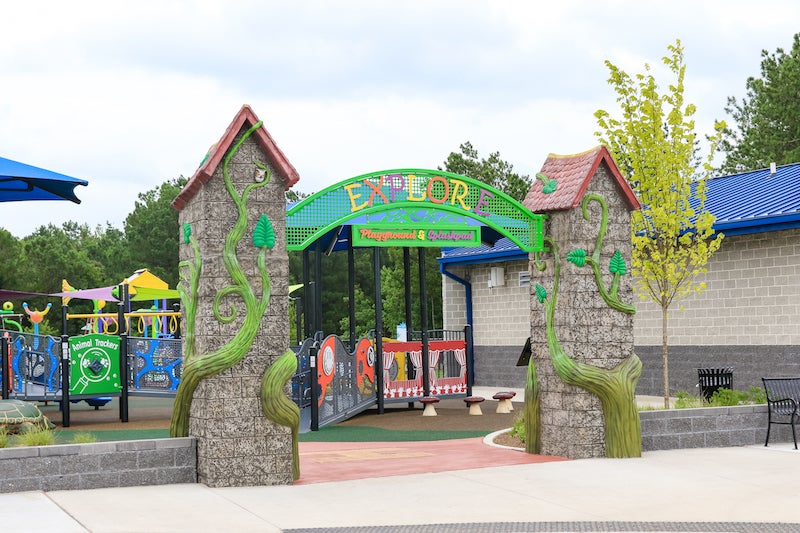
The Hoover community is certainly thrilled with this new attraction—a statement that’s easily backed up by the laughing families, squealing children and cheerful birthday parties happening on any given day. Everyone at the playground is unique in many ways, but no one is focusing on the differences. Instead, people are there to have a good time and celebrate the freedom the Explore playground offers. Children with disabilities get the same benefits as children without disabilities. They can be active, social and independent as they play without hesitation.
“At this playground, kids are able to be themselves, disability and all,” Mary Allison says. “This playground illustrates the concept that a disability should not limit a person’s ability to participate in society. If we create barrier-free environments, we can all do or be whatever we want to be.”

